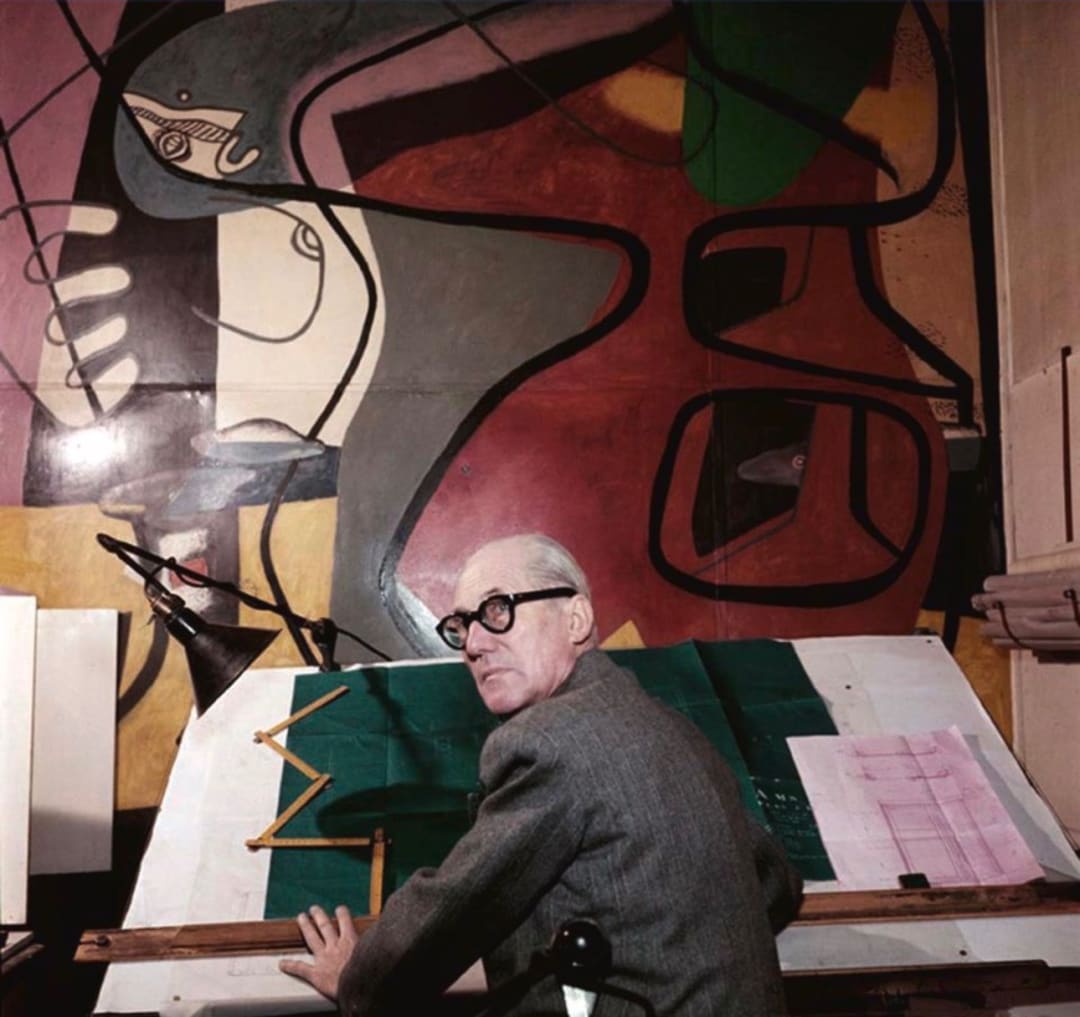Le Corbusier (1887–1965), renowned for his contributions to modernist architecture, was also a prolific painter and tapestry designer. His visual art explored forms, colors, and compositions that echoed the principles of his architectural work, emphasizing order, balance, and simplicity.
Painting was a lifelong passion for Le Corbusier. Influenced by Cubism and Purism, he co-founded the Purist movement with Amédée Ozenfant in 1918. Their manifesto, Après le Cubisme, championed clean lines, primary colors, and the representation of everyday objects through geometric abstraction. His paintings, such as Still Life (1920), are characterized by a disciplined aesthetic, employing rectilinear shapes and muted palettes that aligned with his architectural ethos.
In his later years, Le Corbusier turned to tapestry design, merging modernist ideals with traditional craftsmanship. His tapestries, often monumental in scale, were intended as "nomadic murals" that democratized art by making it portable and accessible. Works like Les Désastres de la Guerre (1952) exemplify his ability to distill complex ideas into abstract, symbolic forms. These pieces reflected his fascination with integrating art into daily life, complementing his architectural belief in "a harmonious interplay of form and function."
Le Corbusier’s art bridged disciplines, revealing his holistic vision of modernity. His paintings and tapestries remain significant for their innovative use of abstraction and their symbiosis with his architectural legacy, underscoring his identity as a multifaceted artist and thinker.
